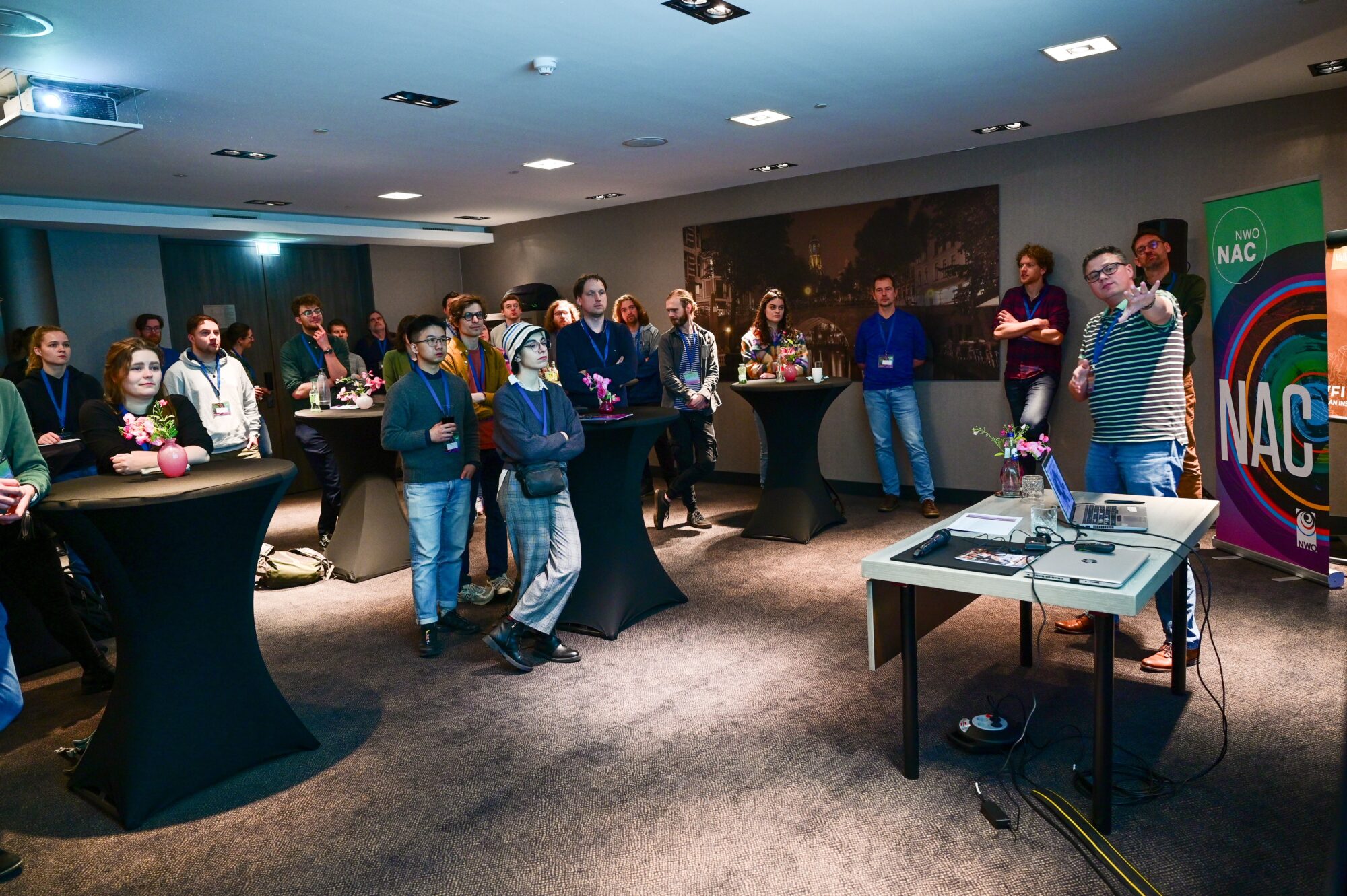Observables of Planetary Habitability
Planetary habitability is commonly defined as the potential of a planet or a moon to allow for life to emerge and thrive. What makes a planet or moon habitable, and how habitability can be observed, are two fundamental questions driving current research efforts in planetary science. These questions are also the main drivers for significant ESA and NASA investments in solar system exploration missions and studies of planets beyond.
Planetary habitability is driven by interior, surface, and external processes shaping the planet in concerto. To understand planetary habitability in our solar system, it is crucial to compare these planetary processes between its planets and moons and Earth, the only planet we know is habitable. The majority of our insights in solar system bodies is gained through planetary exploration, which in turn is also the way forward to grow our understanding.
The Expertise Network
The Expertise Networks is a 5-year project that builds on existing solar system expertise in the Netherlands to establish a framework to develop a set of key observables that enable in situ or remote detection of planetary habitability. To develop these observables we have identified three main themes; planetary interiors, with Ganymede as a case study, surface morphology, focussing on landforms and using Mars as a case study, and surface composition, comparing analogue locations on Earth’s with Mars and icy moons.
Through a synergetic approach within the network, the outcomes of the three themes will provide both observables for the case studies and fundamental observables that can be applied to our solar system and the plethora of known exoplanet systems. The main outcomes of the network will lead to further strengthening the position of the Dutch planetary science community and active contributions to instruments for future solar system exploration missions. It will also result in closer collaborations with the strong Dutch exoplanetary science community, aiming to bridge the gap between what should be observed and what can be observed.
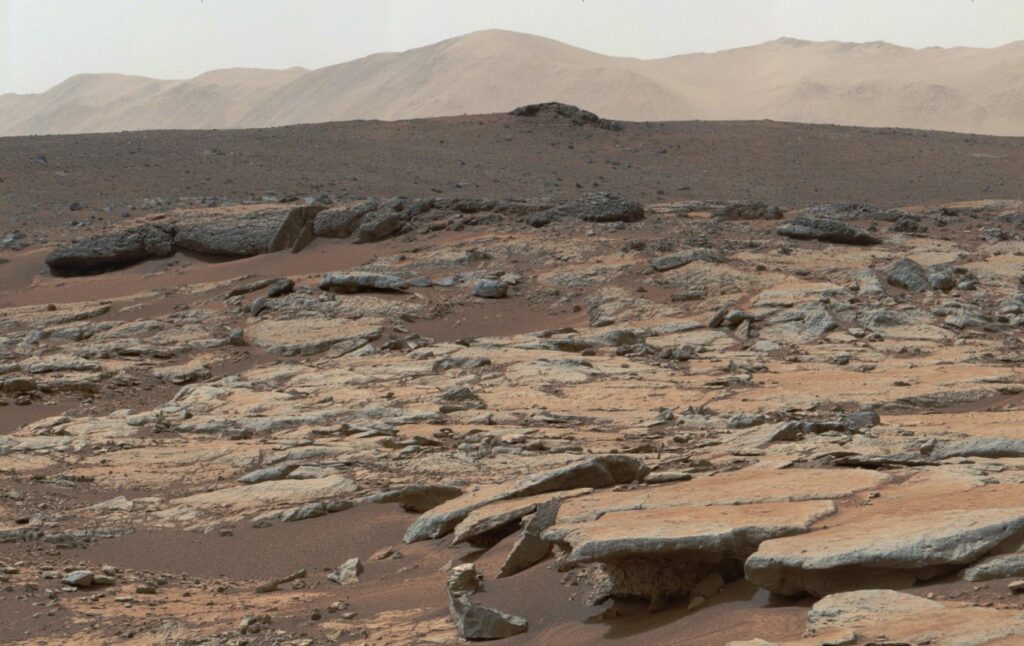
Core projects
Knowledge development with breakthrough potential for new missions and instrument concepts requires studies across a wide range of scales.
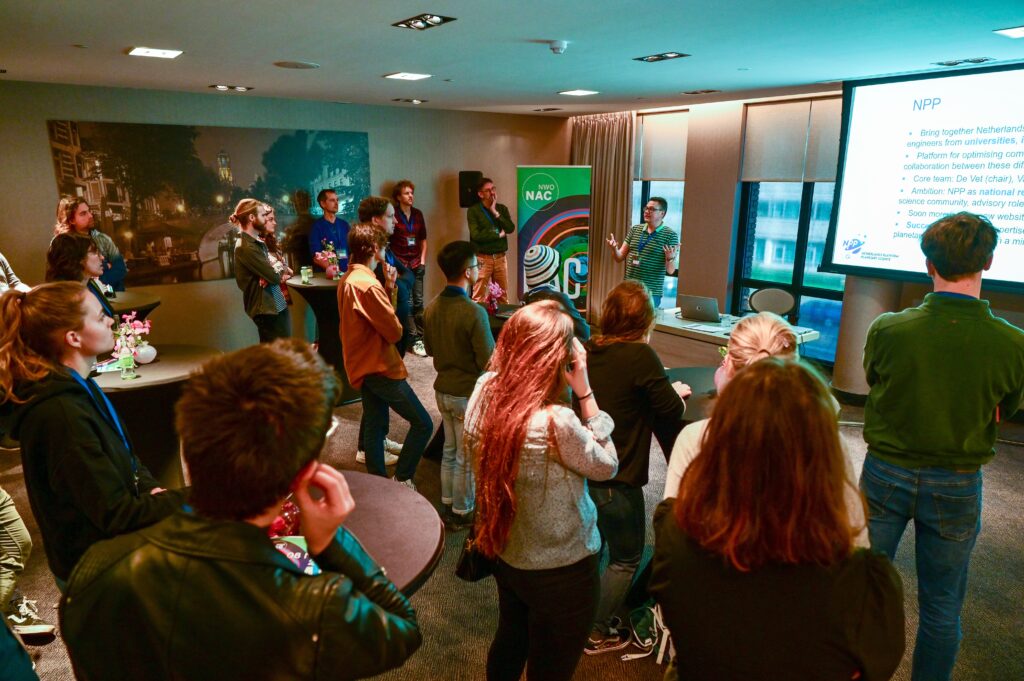
Network building
With a time horizon for this network of one to two decades, capacity building is additional important goal of the network.
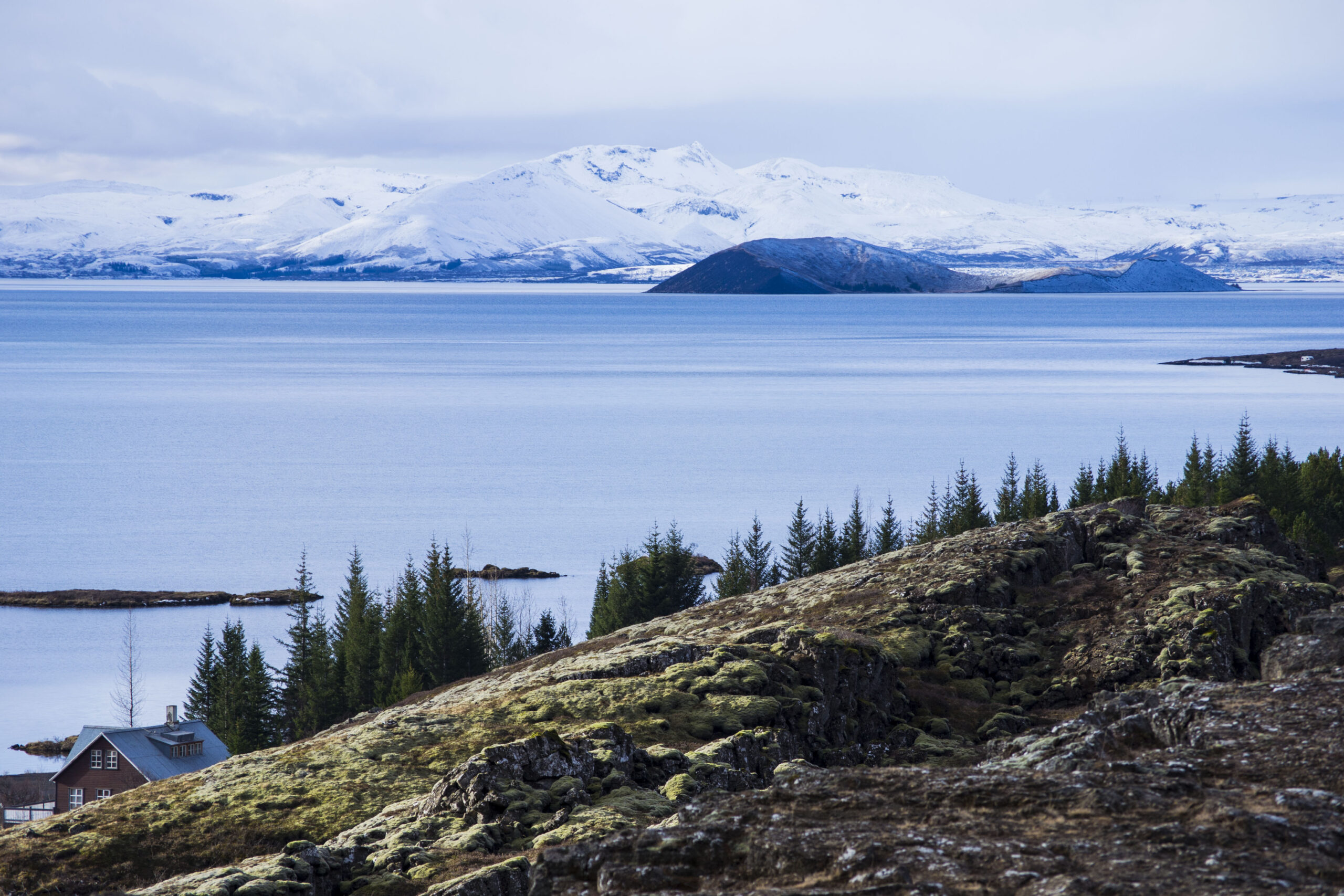
Field conference
The Dutch Planetary Field Conference will bring together modellers, experimentalists, and engineers in the setting of planetary field analogues.
Open to collaboration
A key hallmark of the Expertise Network is that it is not a ‘closed’ network: Dutch-based researchers can join the network to help meet its goals, contribute to new research initiatives and future-proof the community for involvement in planetary missions. Interested in joining? Reach out to one of the Network PIs (Van Westrenen, Ten Kate and De Vet). The network includes more than 40 researchers based in the Netherlands and the map below provides an overview of the institutes of involved partners in the consortium.
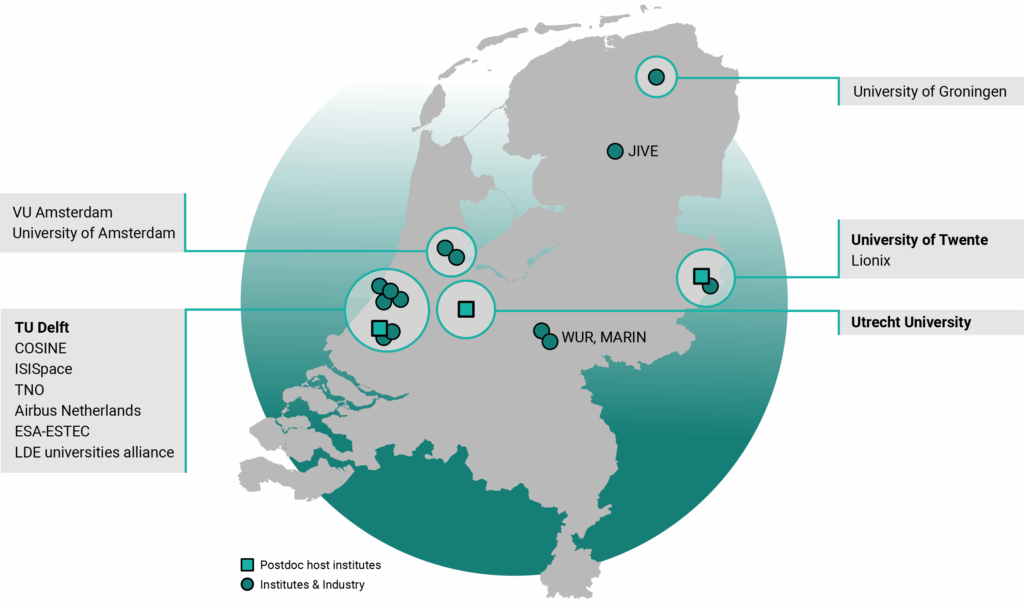
About the Expertise Networks Programme
End-2022 the Netherlands Space Office (NSO) launched a call for an expertise network on the theme ‘planetary science’. The Expertise Networks programme (KNW) is aimed at strengthening the international position of the Netherlands in the field of development and use of space instruments through expertise networks. This scheme falls under the PIPP programme and it is jointly implemented by the Netherlands Space Office (NSO) and the Dutch Research Council (NWO), on behalf of the Ministry of Education, Culture and Science.
Latest news
The latest news and background articles related to the activities of the Expertise Network.
-
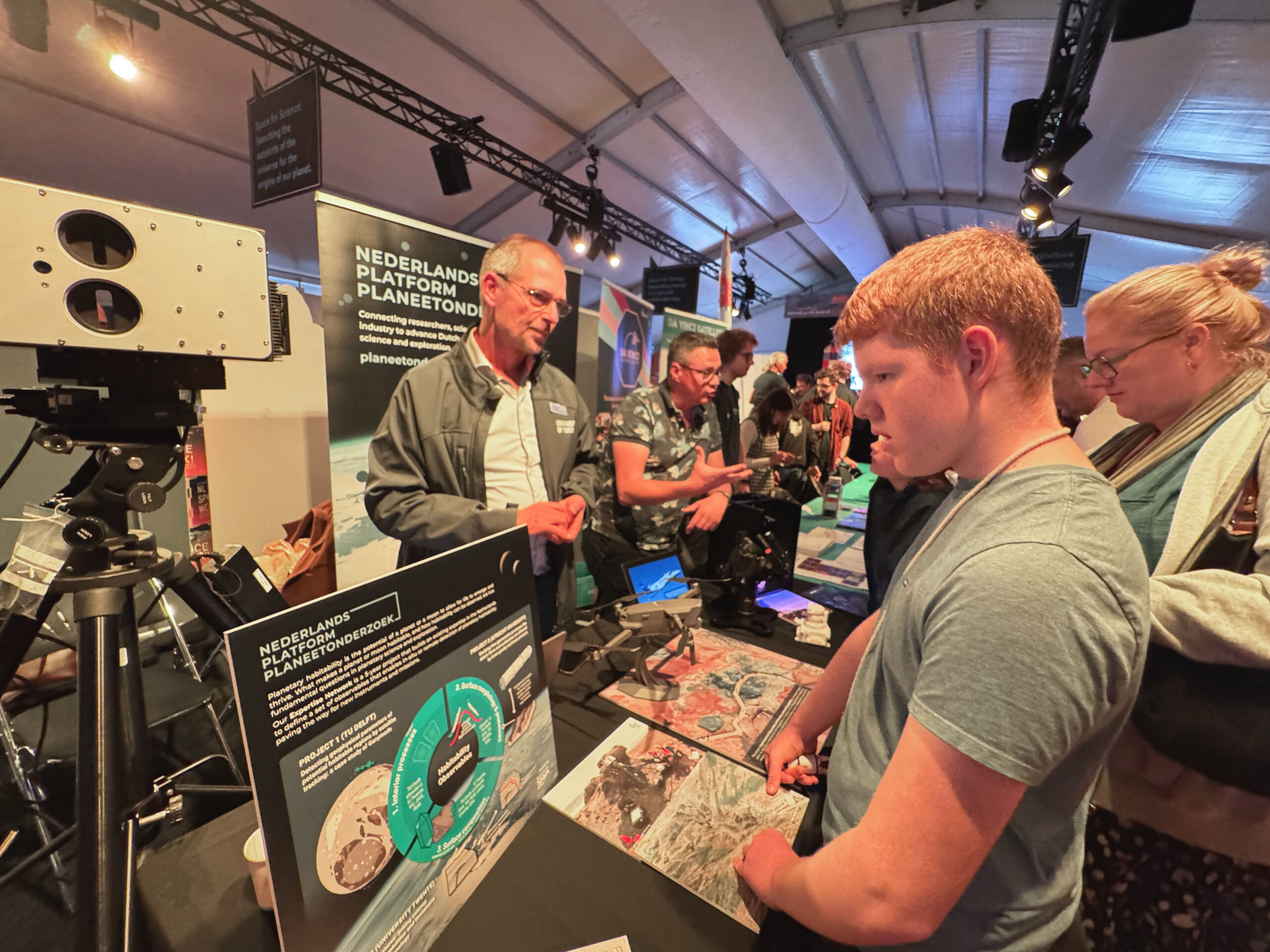
The NPP at the ESTEC Open Days
Read more: The NPP at the ESTEC Open DaysThe NPP joined the ESTEC Open Day on 12 October and what a success it was! This year, ESTEC celebrated its 50 year existence, drawing close to 10,000 people to the technical heart of the European Space Agency…
-
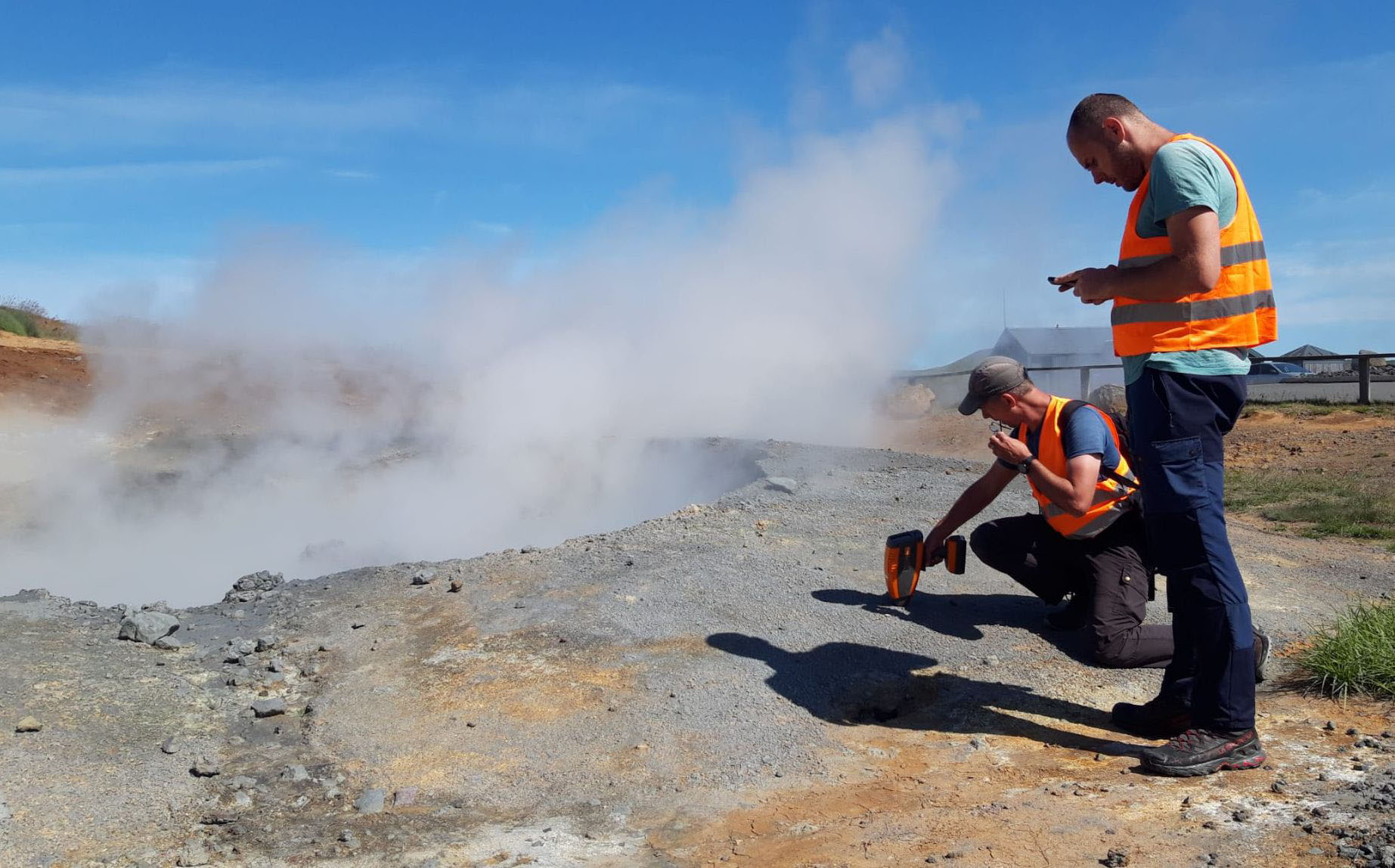
Field campaign tracks down mineral signatures at early-life analogue hydrothermal sites in Iceland
Read more: Field campaign tracks down mineral signatures at early-life analogue hydrothermal sites in IcelandMinerals are key indicators for habitable environments on rocky planets and they can be detected at multiple scales, from detailed lab measurements, to rocks at outcrops and by remote detection by satellites. But how are the signatures related…
-
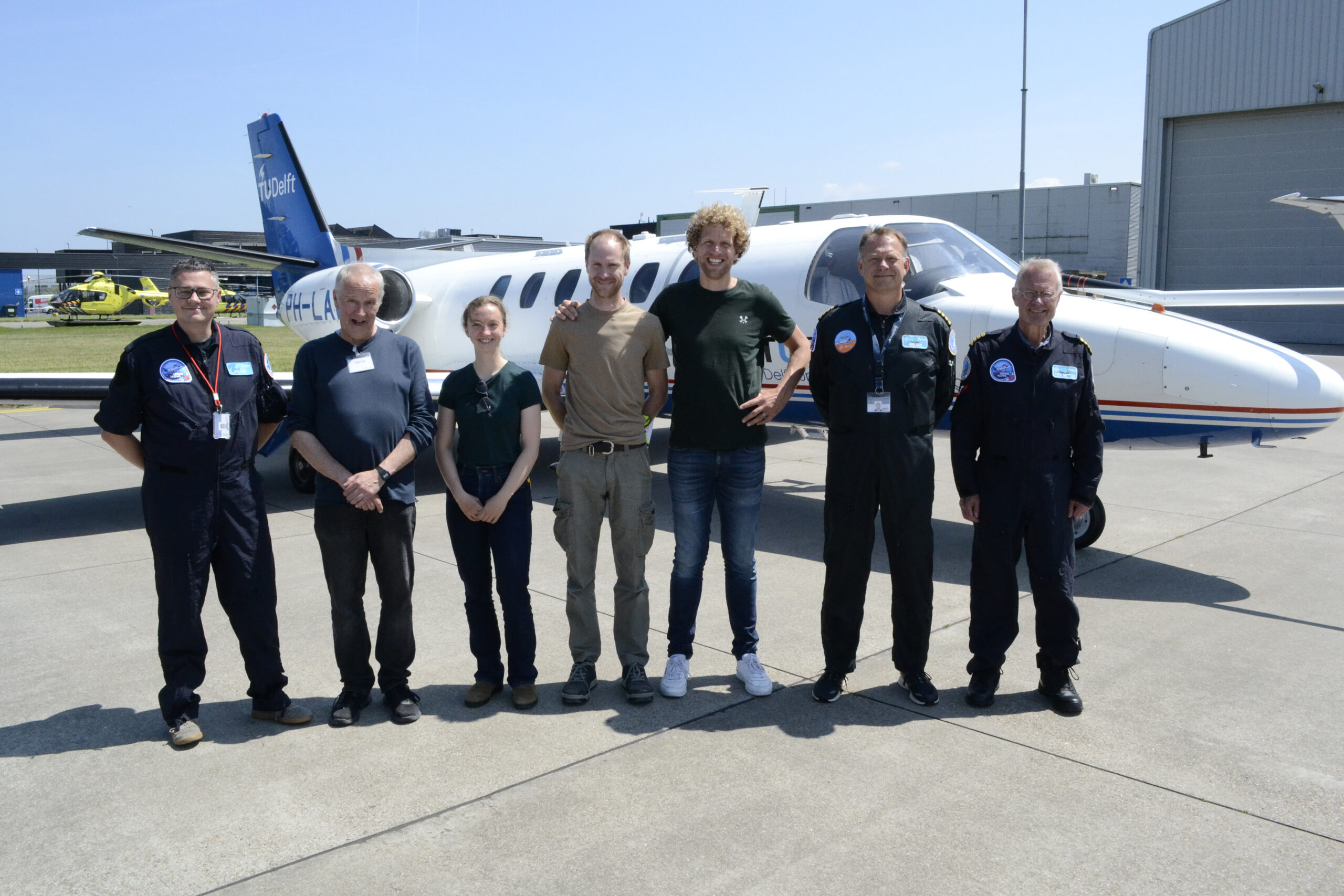
Infinite Martian mudslides in a Dutch airplane
Read more: Infinite Martian mudslides in a Dutch airplaneWhen we send a rover to Mars, a Martian mudslide or landslide could bring a sudden end to years of hard work and investments. Scientists are therefore eager for more detailed knowledge about the nature of these landslides.…

